Visual field
The visual field is the image we see with one eye, fixing a motionless point.
It concerns both central and lateral vision.
Before the exam, you will sit as comfortably as possible in front of the device.
In the presence of certain conditions, including neurological disorders, the examination of the visual field is necessary to make a diagnosis.
The evolution of certain diseases, such as glaucoma, is monitored by the visual field.
Intra-ocular tension
The ocular tension is generally taken by a device giving off pulsated air, without ocular contact, without risk of contamination and painless.
It is important to perform this test to detect a rise in blood pressure that is not perceived by the patient and that can impair vision.
Visual acuity
Visual acuity is first measured by the computer. Objective refraction is thus obtained.
It is verified and checked by the technician, who will measure the subjective refraction.
These two refractions (subjective and objective) are then compared.
This will eventually highlight refractive errors, which are myopia, hyperopia, astigmatism and presbyopia.
Optical defects :
Myopia
The shortsighted eye sees badly from afar.
The optical problem of the myopic eye is related to its anatomical dimensions: it is an eye too long compared to the dioptric power of its natural lenses (the cornea and the lens).
In an optically perfect eye, distant light rays are focused on the retina.
In a myopic eye, the rays coming from afar are focused in front of the retina because the retina is further back.
In a myopic eye, near-coming light rays are often well focused without the use of the accommodation reflex because the anatomy of this eye is favorable for close-up viewing, whereas it is unfavorable for seeing from a distance.

Astigmatism
The slight deformation of the astigmatic eye mainly affects the cornea.
The cornea of the astigmatic eye is “more convex in one direction than in another”, that is to say, its surface does not have the same radius of curvature everywhere.
The circumference of the cornea forms a circle, each point of which can be defined in degrees.
As myopia and hyperopia, the main cause of astigmatism is often genetic.
But while the genetic expressions of myopia and hyperopia occur during growth, astigmatism is already present at birth.
The vision of the astigmatic eye is disturbed at all distances, in proportion to the importance of the anatomical deformation of the cornea.
The light rays are focused earlier in the most convex corneal axis than in the flatter axis.
This kind of double focus makes the image of a point become a line.
A line, which is in fact a succession of points, is seen by the astigmatic eye in a different manner according to the orientation of the line: it may appear enlarged, pale, or, on the contrary, too marked.
For example, in a text, vertical components and horizontal components of letters will not have the same contrast.
Astigmatism is, quite frequently, a cause of headaches.

Hyperopia
As nearsightedness, hyperopia results from a genetic disturbance of the growth of the eye.
The hyperopic eye is too short.
The problem of the hyperopic eye is that its lenses (cornea and lens) are not adapted to its small size.
The light rays are then focused behind the retina, that is to say they still form a convergent beam when they reach the fundus, whereas they should be focused in dots creating images.
The myopic eye can not correct its vision from afar, which is cloudy. On the other hand, the hyperopic eye can correct the image by the accommodation reflex.
In a perfect eye, there is no need for accommodation for far vision.
As the hypermetropic eye must already accommodate to see well from a distance, its potential for accommodation to get a good view of the surroundings is diminished.
With age, accommodation decreases in everyone because the lens loses its flexibility. For the normal eye, this leads to presbyopia, between 45 and 50 years old. For the hyperopic eye, presbyopia will be earlier and will soon be followed by difficulties in far vision.
- The child who is very hypermetropic can begin to squint.
- The highly hyperopic adult may have acute glaucoma.

Presbyopia
Presbyopia is a decrease in the ability of the eye to see clearly in near sight.
In near sight, the normal eye must increase its focusing power, otherwise the diverging rays will not form a clear image on the retina.
This variable focus of the eye is obtained by the so-called “accommodation” reflex.
Already before the end of the growth, this flexibility of the lens decreases with the years and in the forties it does not allow any more to read a text at normal distance. It’s presbyopia.
It is not possible to prevent the development of presbyopia. This problem of near sight is actually the most common: everyone becomes presbyopic.
Currently, presbyopia is universally compensated by wearing glasses. However, other possibilities for correcting optical defects (contact lenses, lasers, implants) are increasingly being considered, especially when presbyopia occurs in myopic, hyperopic or astigmatic patients.
Being inevitable beyond the age of about 45, presbyopia is the most common of all visual function deficits.
There is currently no medical treatment that can make the lens “deformable”.



